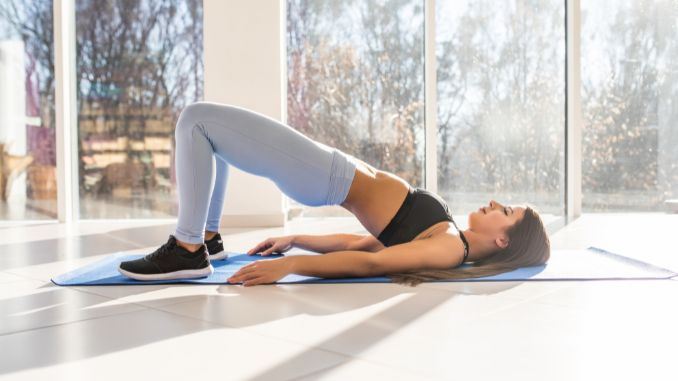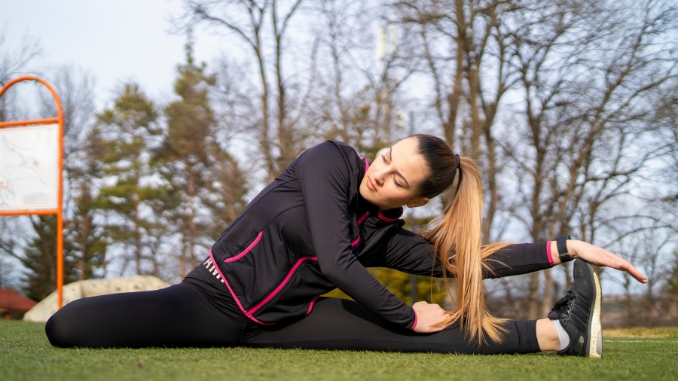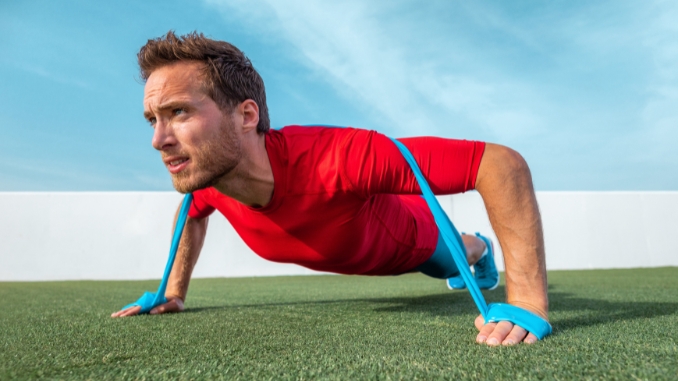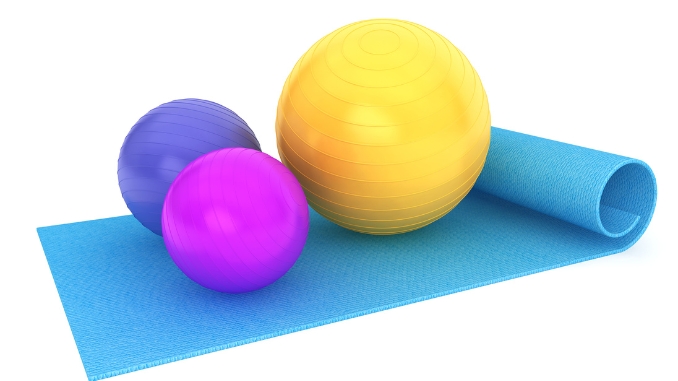Struggling with scoliosis? This condition twists your spine, causing pain and discomfort. Yet, there's hope. Specific scoliosis exercises can straighten your spine, enhance posture, and ease pain by strengthening key muscles. We'll guide you through effective stretches and core-strengthening exercises to improve your life.
What is Scoliosis?
Scoliosis is a spinal deformity [¹] where the spine curves sideways and twists, often forming an "S" or "C" shape. It can be congenital, neuromuscular, syndrome-related, idiopathic, or due to other reasons.
While commonly found in adolescents, scoliosis can also progress or appear in adults due to spinal degeneration.
To diagnose scoliosis, an X-ray must show that the spine curves at least 10 degrees and the vertebrae are twisted.
Different Types of Scoliosis

- Idiopathic Scoliosis: This is the most common type, where the cause is unknown. It's further divided based on the age at which it develops:
• Infantile idiopathic scoliosis (from birth to 3 years)
• Juvenile idiopathic scoliosis (from 4 to 10 years)
• Adolescent idiopathic scoliosis (from 11 to 18 years)
• Adult idiopathic scoliosis (in people over 18 years, often a progression of adolescent idiopathic scoliosis) - Congenital Scoliosis: Congenital scoliosis [²], the most common inborn spine deformation, is present at birth and results from spine malformations during fetal development. It often involves other abnormalities in the heart, spinal cord, and kidneys, linked to issues during early spine growth.
- Neuromuscular Scoliosis: This type of scoliosis is caused by diseases like cerebral palsy or muscular dystrophy, which affect the muscles supporting the spine.
- Degenerative Scoliosis: This type of scoliosis happens in adults when the spinal discs and joints wear out, often due to aging or arthritis, causing the spine to curve sideways.
- Syndromic Scoliosis: This type of scoliosis is linked to syndromes like Marfan or Ehlers-Danlos and is part of a broader range of symptoms that affect the body.
- Secondary Scoliosis: Secondary scoliosis occurs when a condition or injury, like uneven leg lengths or muscle spasms, causes the spine to curve.
Different Types of Exercises For Scoliosis
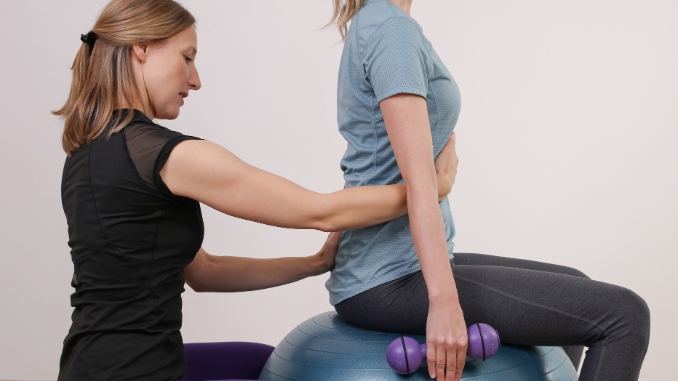
Treating scoliosis typically involves core-strengthening exercises guided by a physical therapist. Techniques like the Schroth method enhance spinal flexibility, improve posture, and reduce pain using proper form and deep breathing. Regular exercise is essential for managing scoliosis.
1. Core Strengthening
Core stability training [³] involves exercises that strengthen the torso muscles—abdomen, back, and pelvis—essential for good posture, balance, and efficient movement in physical activities.
A study in "Prosthetics and Orthotics International" shows that core stability training helps reduce spine twisting and pain in teens with idiopathic scoliosis. It's more effective than traditional exercises for improving posture, trunk deformity, and quality of life. This is the first study to explore these effects with spinal bracing.
2. Stretching Exercises
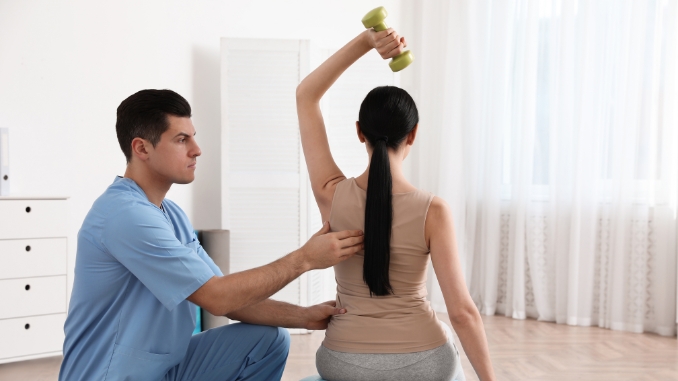
These improve spinal mobility and flexibility, allowing for a greater range of motion and reducing stiffness associated with scoliosis.
3. Schroth Exercises
Developed specifically for scoliosis patients, Schroth exercises use postural awareness, breathing techniques, and targeted stretches to realign the spine, ribs, and pelvis.
4. Weight-Bearing Exercises
These exercises use your body weight to strengthen the bones and muscles around the spine, which can improve posture and lessen scoliosis pain.
5. Breathing Techniques

Deep breathing exercises can help move your ribs better and make your spine longer and straighter.
6. Postural Training
Doing specific exercises to keep good posture can greatly help align the spine, which is especially helpful for people with idiopathic or adolescent idiopathic scoliosis.
7. Pilates and Yoga
These exercises focus on increasing awareness of your body, strengthening your core, and improving flexibility, which are all helpful for people with congenital or other forms of scoliosis.
Exercises You Can Try For Scoliosis
1. Pelvic Tilts
- Lie on your back on the floor with your knees bent and feet flat on the floor.
- Maintain good alignment with your upper body.
- Engage your core. Slowly roll your pelvis backward as if you were flattening out your spine.
- Hold this position for several deep belly breaths, in through your nose and out through your mouth.
- Relax to return to the starting position and repeat the movement.
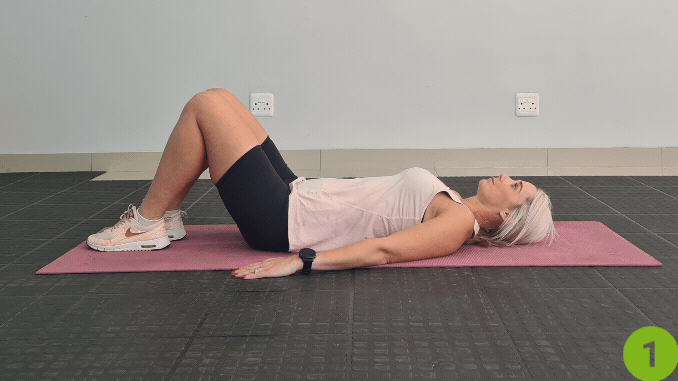
2. Cat-Cow Stretch
For this scoliosis exercises to straighten spine
- Begin in a 4-point position on the floor with your hands beneath your shoulders and your knees under your hips.
- Inhale and contract your abdominal area.
- Exhale and slowly round out your mid-back as you drop your head downward.
- Then, alternate by inhaling as you slowly lift your head and arch your mid-back. Repeat the movement, alternating directions.
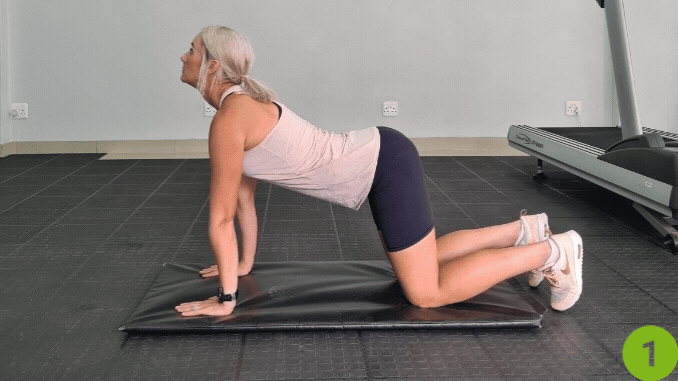
3. Bird-Dog Exercise
- Begin in a 4-point position on the floor, with your hands underneath your shoulders and your knees underneath your hips.
- Contract your abdominal area.
- Take a deep breath and lift your one arm to be in line with your shoulder as you extend your opposite leg behind your body.
- Keep your hips and shoulders parallel to the floor.
- Hold the position for 10 seconds. Relax and return to the starting position.
- Repeat the movement on the opposite side.
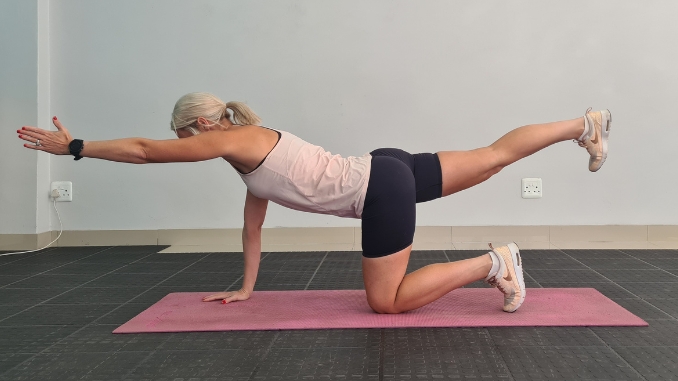
4. Straight Arm Side Plank
- Move into a side plank position with your hands on the floor supporting your body and your leg is on a kneeling position.
- Place the other hand on the hip.
- Maintain good alignment with your head, shoulders, and hips.
- Tighten your core and hold this position for several deep belly breaths, in through your nose and out through your mouth.
- After that, relax and return to the starting position.
- Complete the movement for 3 sets in 5 repetitions.
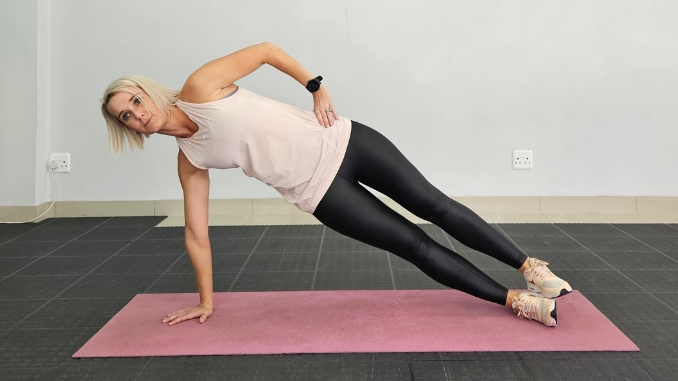
5. Wall Angel
For this scoliosis exercises to straighten spine
- Stand with your back against a wall, feet slightly away from the base.
- Bend your knees to press your lower back, upper back, and head against the wall.
- Engage your core.
- Then, bend your elbows at shoulder level and slowly slide your arms overhead while keeping your arms pressed on the wall.
- Slowly slide your arms lower to return to the starting position and repeat the movements.
- This exercise helps improve shoulder mobility and strengthens the upper back muscles, aiding in posture correction.
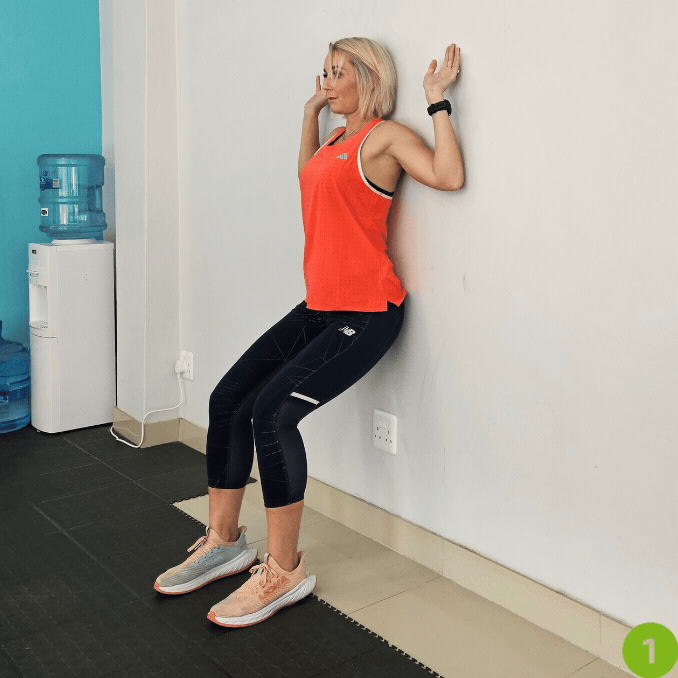
Techniques to Promote Proper Alignment Throughout the Day
Here's how you can maintain proper alignment throughout the day:
- Visualize a String: Imagine a string attached to the top of your head pulling you upward to elongate your spine and improve posture.
- Avoid Slouching: Be conscious of your posture, avoiding slouching or leaning forward, particularly when sitting or standing for extended periods.
- Use Supportive Aids: Employ tools like lumbar rolls or ergonomic chairs to maintain your spine's natural curve and minimize muscle strain.
- Regular Pelvic Tilts: Perform pelvic tilt exercises consistently to enhance spinal alignment and core muscle strength.
- Take Breaks: Frequently break from sitting or standing. Stand, stretch, or walk around to relieve muscle tension and boost circulation.
- Simple Movements: Integrate simple movements or stretches, such as extending your left arm or stepping forward with your left leg, to release tension and improve blood flow.
The Role of Physical Therapists and Chiropractors in Scoliosis Treatment
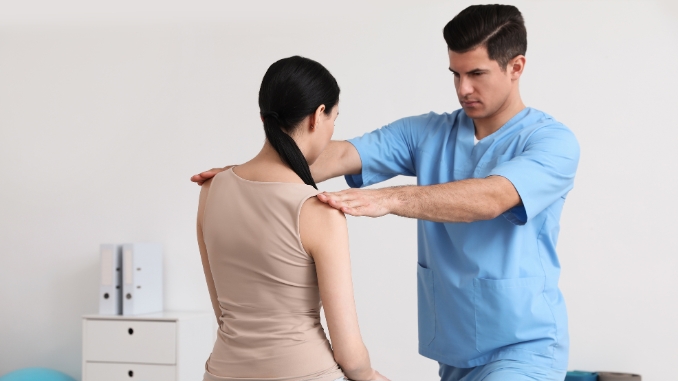
While exercises can greatly help manage scoliosis, it's crucial to get professional advice to create a customized exercise plan. Physical therapists and chiropractors are experts who can guide and support you.
A physical therapist can evaluate your posture, design a personalized exercise plan, and teach you proper body mechanics to improve your spine alignment and overall health.
Chiropractors can make spinal adjustments to reduce pain and suggest exercises and lifestyle changes to support your spine.
Always choose qualified professionals who specialize in scoliosis or spinal issues to ensure you get the best care and guidance.
Conclusion
Living with scoliosis can be tough physically and emotionally. By using effective scoliosis exercises to straighten spine, understanding scoliosis, and making good lifestyle choices, you can manage your spinal health and improve posture.
Be patient and consistent with your efforts; with dedication and professional advice, you can lessen pain and enhance well-being.
Discover the simple exercise program that will help you strengthen your back & eliminate back pain for good! Check out this Lumbar Spine Fushion Recovery Program
Frequently Asked Questions
What can worsen scoliosis?
Several factors can worsen scoliosis, such as not treating it or skipping prescribed exercises. Poor posture, heavy backpacks, and uneven stress on the spine can make it worse.
Rapid growth during adolescence may also increase the curve. To manage scoliosis, keep up with doctor visits, follow treatments, and stay active.
What exercises should I avoid with scoliosis?
If you have scoliosis, avoid exercises that could worsen your spine's curve or cause pain, such as high-impact activities, heavy lifting, and twisting movements.
Also, skip sit-ups and deep yoga backbends. Always consult a healthcare provider for safe exercise recommendations tailored to your condition.
Can you straighten scoliosis with exercise?
Exercise can't fully straighten scoliosis but can improve posture, strengthen spine muscles, and may slow curvature progression. Physical therapy and methods like Schroth enhance body alignment and reduce pain.
Always combine these with medical treatments and consult professionals for the best exercise plan.



